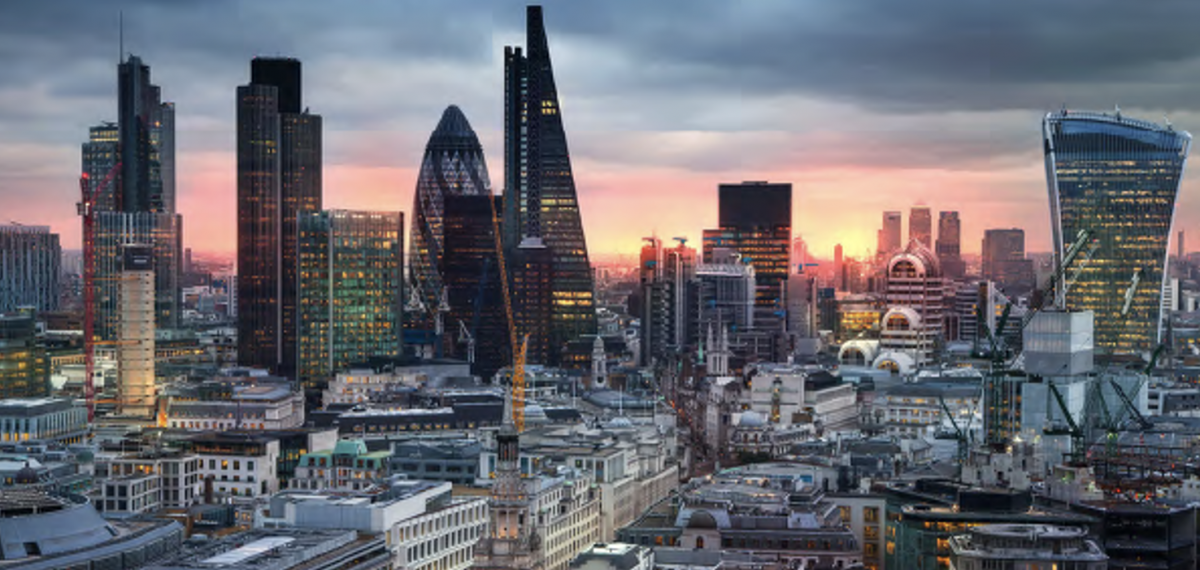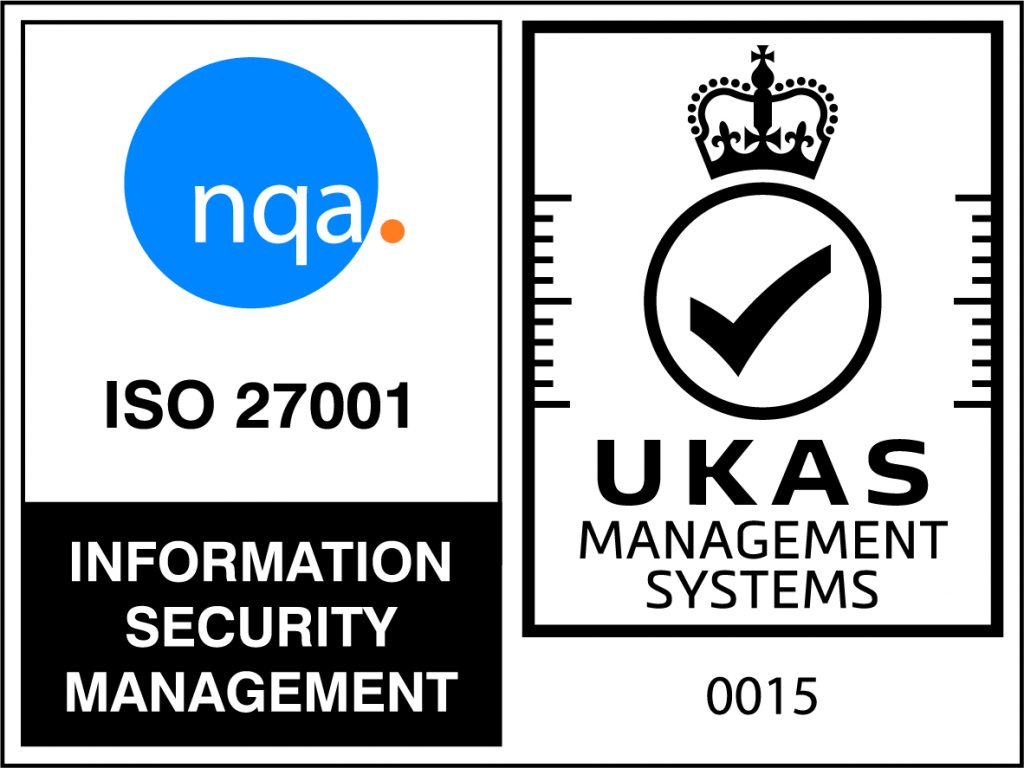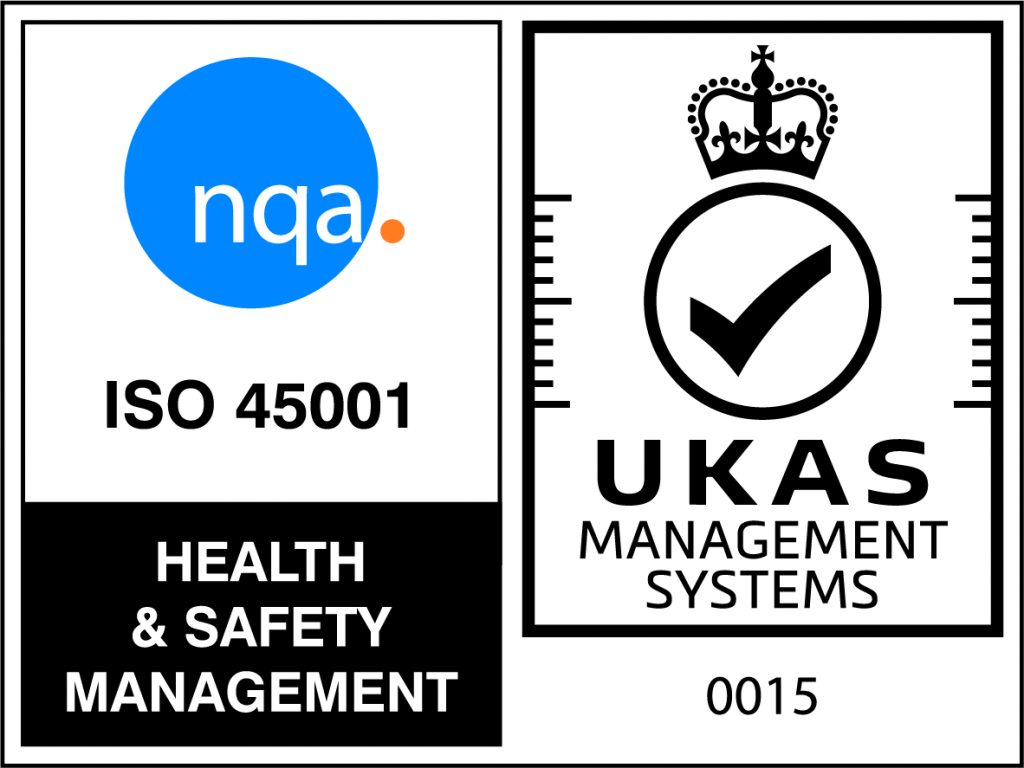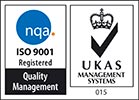WHAT IS PHYSICAL ACCESSIBILITY?
Physical Accessibility involves making changes to the built environment in order to remove or mitigate material barriers which hinder the movement and access of people living with disabilities.
Public understanding of what Physical Accessibility involves is often limited. When most people are asked what Physical Accessibility involves, their first and last thought is often the provision of ramps to provide wheelchair access.
While this is an important aspect of Physical Accessibility, proper implementation includes measures which cater to a much wider group of people, living with very different conditions, for which, the necessary adjustments are equally varied.
In addition to wheelchair accessibility, for which ramps are one small aspect, other Physical Accessibility solutions include, but are not limited to:
Clear, legible signage; disabled parking and pavement access; wide, accessible doors, entrances, exits and fire escapes; bright lighting and colour contrast; wide hallways and clear, navigable building routes; accessible bathrooms; accessible waiting and service areas.
WHY IS PHYSICAL ACCESSIBILITY IMPORTANT FOR YOUR ORGANISATION?
Physical Accessibility is an absolute necessity for your company to become inclusive and diverse. A lack of proper physical accessibility will prevent people living with disabilities to move around your organisation’s physical spaces without hindrance or discomfort. The result of this is an increase in condition related absence, reduced employee productivity and decreased satisfaction among both your workforce and any disabled visitors to your buildings. In fact, without proper accessibility provision your organisation could be liable for accusations of discrimination and potentially face legal action.














